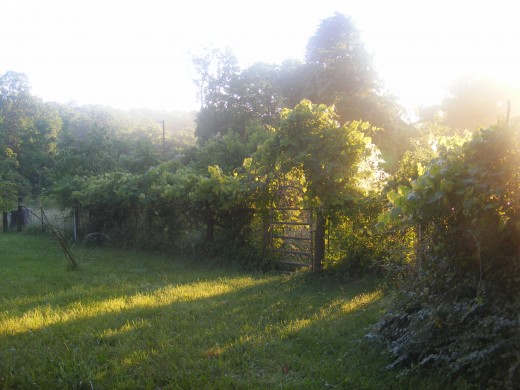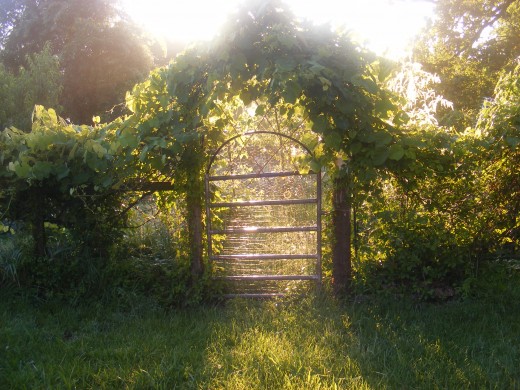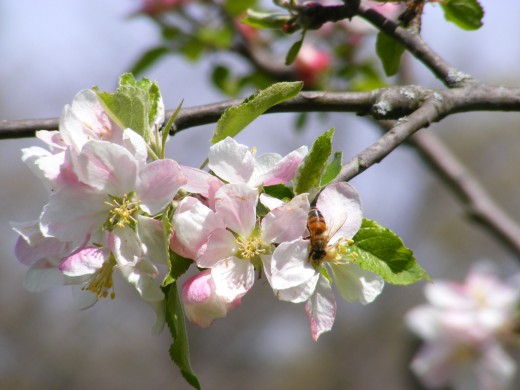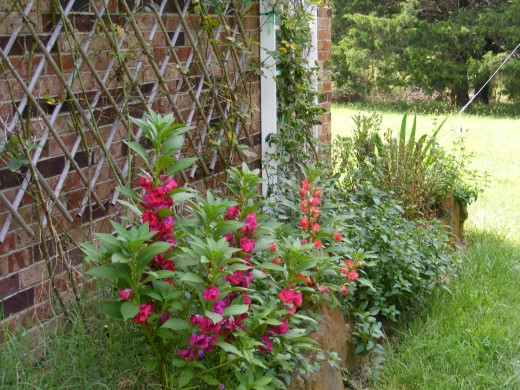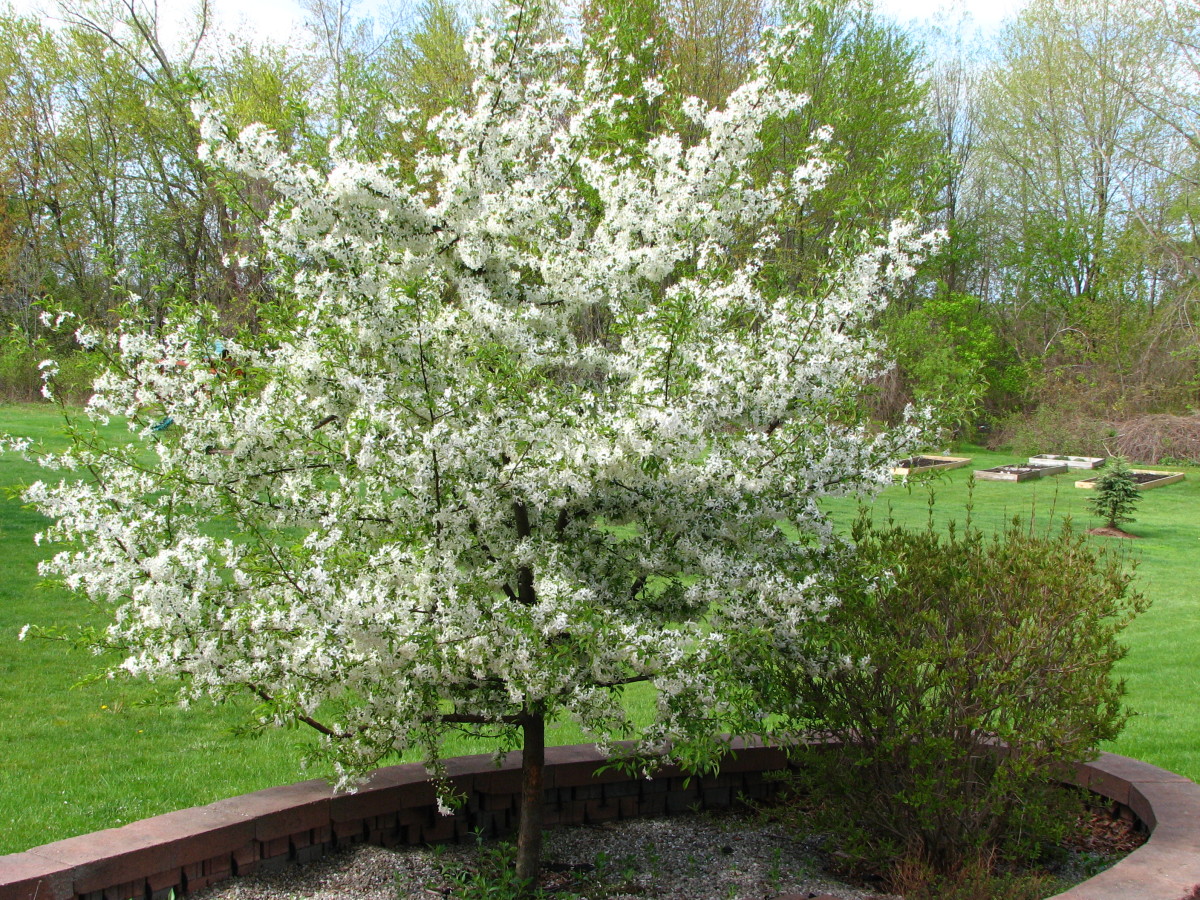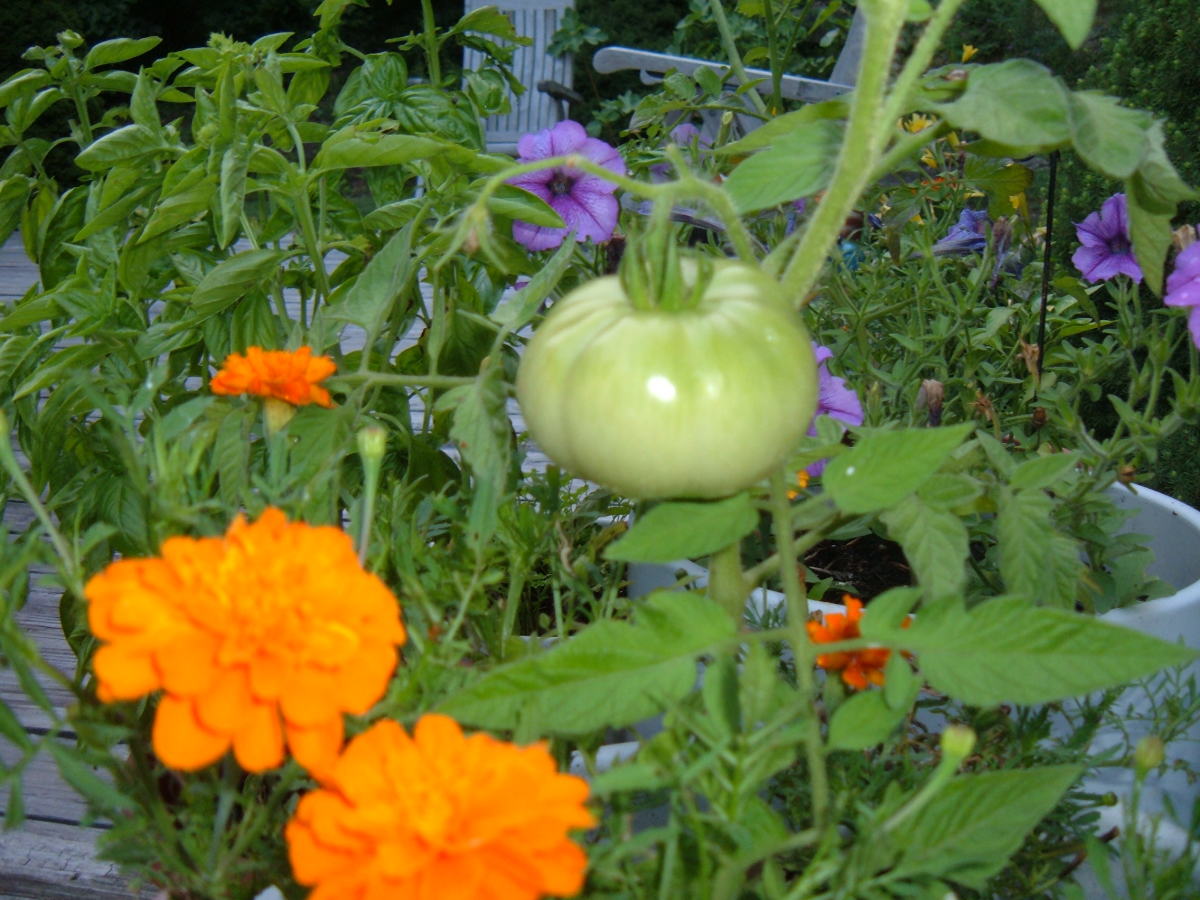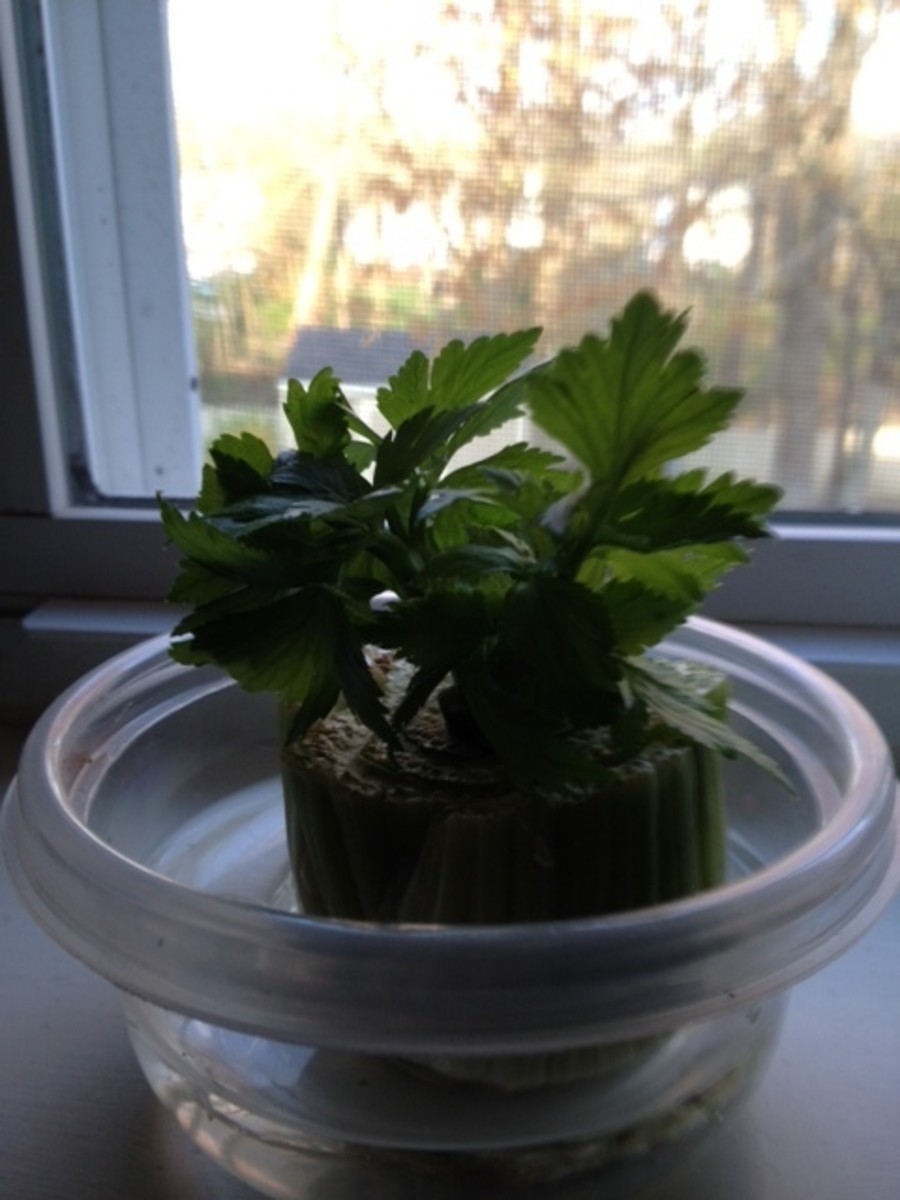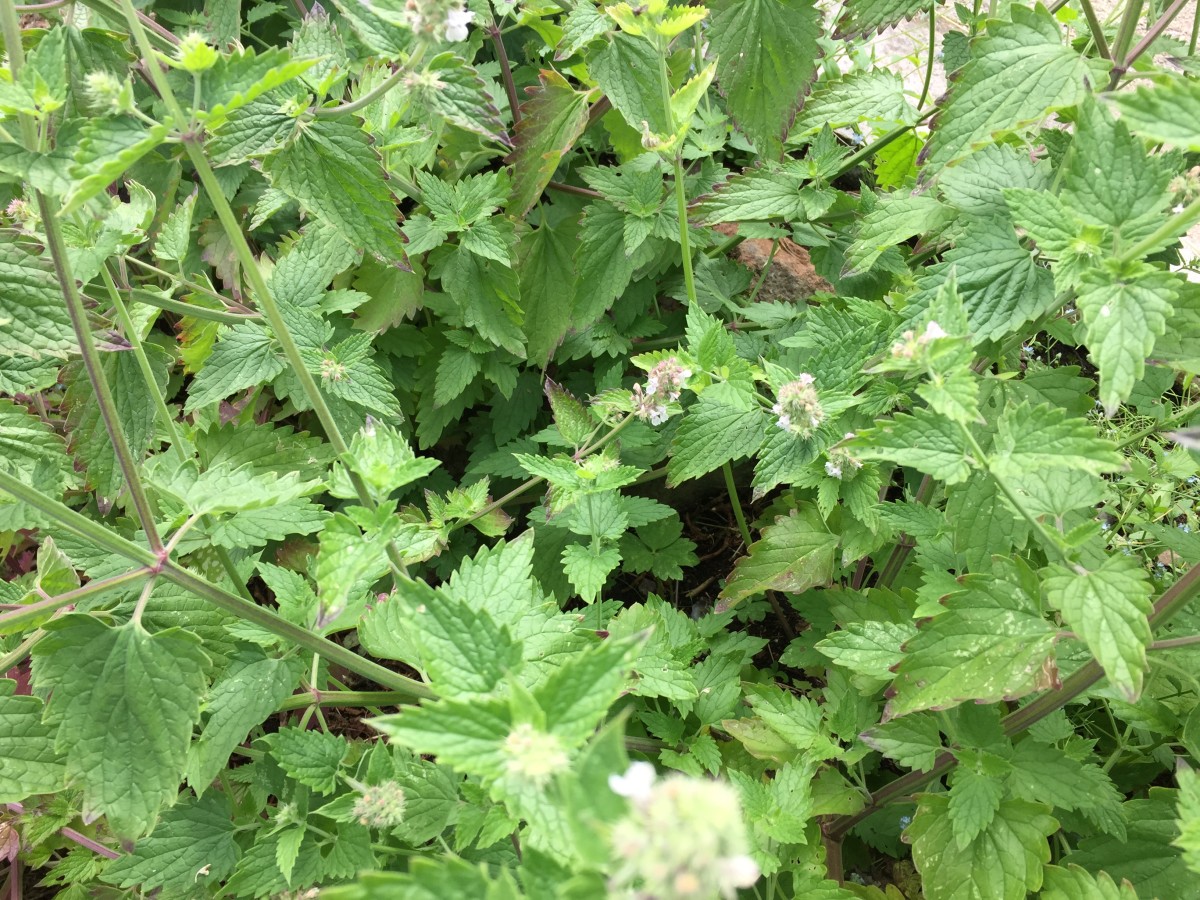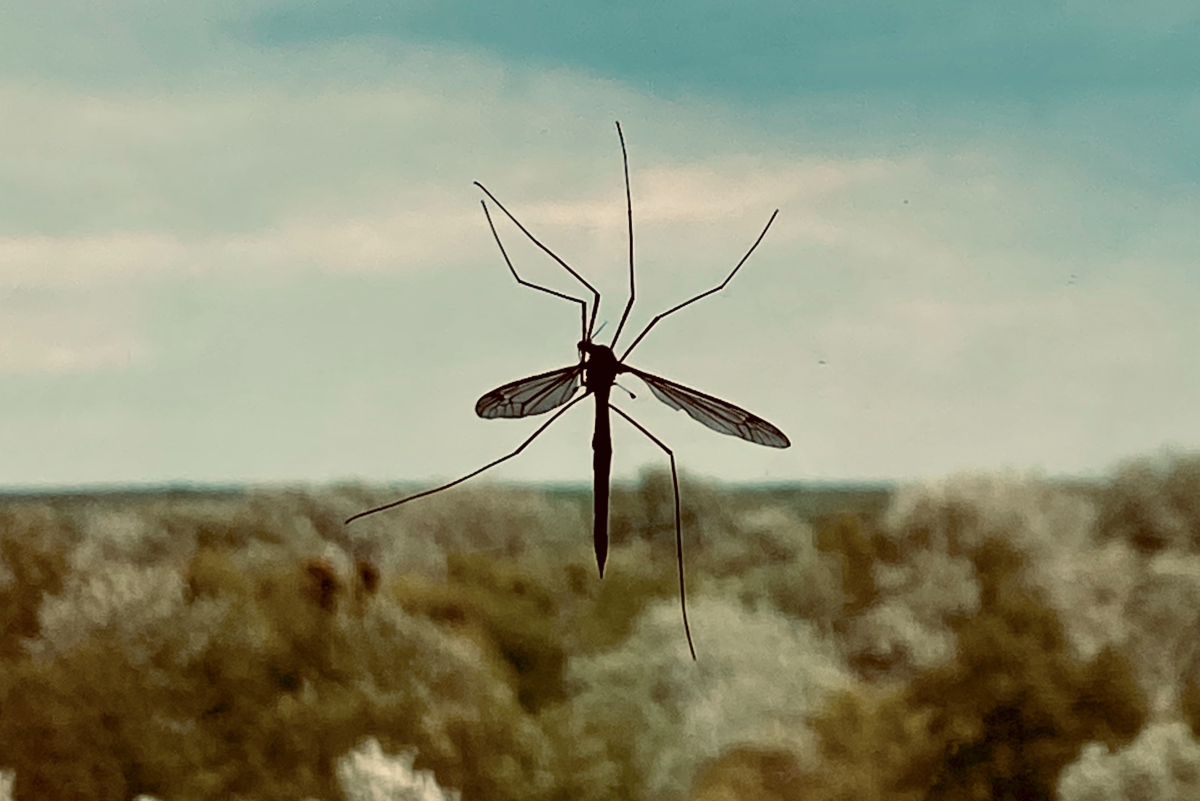Preventing Plant Diseases in the Garden




Plant diseases : black spot, fusarium wilt, fire blight and the like,
can sweep through your garden (or lawn) and leave destruction. Some
good gardening practices can halt and minimize the damage.
Help your plants resist disease by : good site preparation,
use of disease-free seeds and plants, weeding out of diseased plants,
sterilization of tools, use of naturally resistant varieties, crop
rotation, companion planting, weed and insect control, and judicious
use of fungicides.
1. Siting: Give them a good home environment and they will resist bad influences.
A healthy plant resists disease, so give your plant the right
environment for its needs. Pay attention to requirements: how much sun;
how much water; what soil pH; how much space does the plant require for
proper growth? You can’t grow ferns in hot, dry soil, or tropical
plants where they will get frost. "Well, Duh!" you say.
But people do this, and all of us have been guilty a time or two. "Oh,
wouldn’t those pink azaleas look perfect in that spot." No matter that
the soil is too alkaline, there’s not enough organic matter, it’s in an
difficult place to water, it has no shade, and is right in the path of
the deer that will munch on it. Make sure the environment is right for
the plant, and prepare the spot ahead of planting. ( Some nice compost,
maybe?)
2. Start Right: Don’t pick that up. You don’t know where it’s been!
You just had to buy that interesting-looking plant at the supermarket,
didn’t you? And that flat of tomato plants was so cheap, you just
couldn’t resist. Now, not only those plants are wilting, but so are the
ones around them. The plants you bought on impulse were infected, and
they are spreading insects and disease to the rest of your houseplants
and your garden.
You should have known better. When you brought some new, grimy object
home as a kid, didn’t your mother say "Don’t bring that in here. You
don’t know where it’s been!" Your mother was right. Don’t buy it unless
you know where it has been. Get plants from a reputable local nursery
or from an established mail-order business. Buy seeds from known seed
suppliers that guarantee them to be disease-free. Save seeds from your
own garden only from disease-free plants. If you just have to get the
plant at the supermarket, then keep it in quarantine for at least a
week.
3. Culling: Sometimes it pays to throw out the baby with the bathwater.
Despite your best efforts, sometimes your little charges develop
disease symptoms. The natural impulse is to try saving your little
"babies", but this is a bad idea. If virus or bacteria symptoms are
showing on just one or two plants, it is best to yank them out and
destroy the infection before it spreads to healthy neighbor plants.
Do not put infected plant matter into a compost pile unless you
are sure the pile will get hot enough (about 160 degrees) to kill
pathogens. Infected material should be burned or disposed of away from
the garden. Can’t bear to give up the plants? You can try treating with
an appropriate fungicide or bacterial treatment IF you can accurately
identify the disease.
4. Disinfecting: We have met the infamous spreader of diseases … in the mirror.
When I bought my house it had several apple trees, but three of them
had fire blight past saving. Originally, only one had blight symptoms,
but the (inexperienced ) owners had cut back the diseased limbs on the
tree, then used the pruners on two other trees. Result: three dead
trees. The moral is: when you treat or dispose of diseased plants, you
must disinfect your tools. This includes your hands and shoes, because they can spread plant diseases.
Garden tools, plant pots, garden shoes, etc. can be disinfected by
soaking in a bleach solution (one oz. chlorine bleach per gallon of
water), then thoroughly dried, with the metal tools being lightly
oiled. If you prefer not to use bleach, then neem oil, baking soda, or
sulfur may be used instead.
5. The right variety: The underground resistance movement.
The best way to avoid plant diseases is to buy plants that are
naturally resistant. Check plant labels and descriptions. A tomato
listed as VFN is resistant to verticillium wilt, fusarium wilt, and nematodes. Other labels might include T (tobacco mosaic virus), A (alternia stem canker), or St
(stemphylium gray leaf spot). There are apple varieties (like Liberty)
that are resistant to apple scab, cedar apple rust, and fire blight.
Check with you local Agricultural Extension Agent for the best
varieties of plants for your area. A good local plant nursery is an
excellent source of information, and resistant plants.
6. Rotation: Okay, plants! Everyone move to the raised bed on the right!
You need to rotate your plants from year to year, so that plant
diseases cannot over-winter and get a new start. A good plan includes a
three- year cycle of rotation (i.e. a crop is in site 1 the first year,
site 2 the second year, site 3 the third year, and returns to site 1
the fourth year, etc.)
Not enough space for good crop rotation? Many plants, like tomatoes,
actually prefer to stay in the same spot from year to year. You must
rotate them if they succumb to plant diseases. Otherwise, a good layer
of new compost each year should be sufficient.
What about things you can’t rotate, like apple trees and lawn grass?
Make sure any diseased material - grass clippings, leaves, limbs, fruit
- is collected and disposed of somewhere other than the compost pile.
Treat the diseased plants as necessary, and avoid spreading infected
material on your shoes, hands, clothing, or tools.
7. Interplanting: Give them some companionship.
Companion plants can help stop plant disease. Clover in lawns helps
fix nitrogen needed by the grass for good health, and dandelions bring
up nutrients from depths of 3 feet or more. (And you have been spending
all that time and money to get rid of them !) Planting chives near
apple trees is said to help prevent apple scab; planted with carrots,
chives repel carrot rust flies (and the carrot rust). Marigolds in the
garden repel nematodes from susceptible plants. There are numerous
books and websites devoted to companion planting, and you can often
find a nice companion that will improve the health and resistance of
your plant.
8. Insects: They do more than just munch on your celery.
Insects, like grasshoppers, aren’t content to just chew your
plants. As they move from plant to plant, they also carry plant
bacteria and viruses, infecting new plants as they go. Keep the "bad
bugs" under control with biologicals (like nosema locustae
to kill grasshoppers) or insecticidal soaps to kill or repel the
disease-carrying bugs. Avoid broad-spectrum insecticides, since 90
percent of the bugs killed will be neutral or beneficials - that are
eating the bad bugs and pollinating your plants!
9. Weeds: Root these out.
Weeds can be little incubators of plant viruses and bacteria, so keep
them away from you precious plants. Be sure to dispose of any infected
weeds away from your compost pile, and away from your garden. While
that virus that is wilting the bindweed may seem like your friend (the
enemy of my enemy is my friend), it will jump to your garden plants
unless you stop it from spreading.
10. Fungicides and other disease treatments/preventives.
Here are some common treatments that you can use as a preventive, or to stop the spread of disease:
Soaps: Common household soaps, like dish or hand soap (not
detergent), a few drops in a bottle of water, can be sprayed on plants
to clean off dust that harbors disease. This should be done in the
early morning or evening when the plant is out of direct sun. A soap
spray can also deter small insects like aphids that injure plants and
leave them susceptible to infection.
Baking Soda: Common baking soda is a mild fungicide which can
be added to water, or the soap solution, to be sprayed on plants. A
soap bath with 1-teaspoon baking soda will usually cure all but
advanced cases of black spot on roses.
Compost Tea: Give your plants some tea! Steep a handful of
finished compost in a gallon of tepid water, then strain of the liquid
and spray on plants. This has a mild fungicidal property in addition to
being an excellent foliar feed.
Neem: The oil of the neem tree is a good, mild fungicide and
insecticide. There are a number of brands (like Safer BioNeem) that are
commercially available from organic gardening suppliers. Follow the
mixing instructions as given.
Sulfur: Effective against powdery mildew, rust, apple scab, black spot, brown rot, and some types of plant mites.
Copper: Effective against peach leaf curl, black spot, rust, anthracnose, fire blight, bacterial leaf spot, and powdery mildew. Warning:
copper is a poison. Avoid breathing or getting in the eyes, and wash
off skin as soon as possible. Do not use more than the minimum
necessary to control the problem.
Bordeaux Mix: This is the common name for a copper sulfate mix used to control fungus on grapes, apples, and peaches. Warning: same as copper.
And have a happy, virus-free summer!

